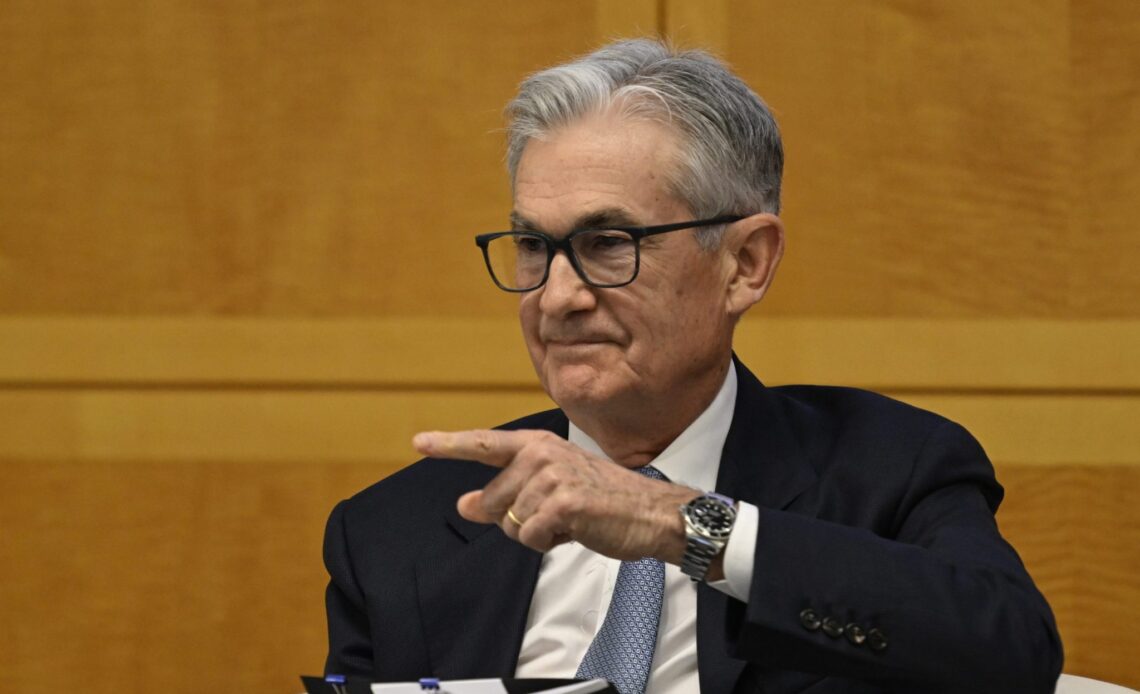The Federal Reserve’s favorite inflation gauge cooled in October. For Wall Street, it’s yet another sign that the central bank’s chairman, Jerome Powell, may be willing to end his more than 20-month-long interest rate hiking campaign sooner rather than later.
That’s great news for consumers and businesses, who have struggled to cope with rising borrowing costs and inflation over the past few years. Fast-growing companies, in particular, often rely on debt to invest in their expanding businesses, and the end of interest rate hikes would remove a significant earnings headwind for them going into 2024. The prospect of interest rate cuts would be even better for their shares. Not only would many companies get a boost to earnings due to lower borrowing rates, but investors’ alternatives to stocks—mainly Treasurys and corporate bonds—would provide a lower return. That would mean more money flowing into the stock market.
The signs of turnaround in inflation were clear in the latest inflation data released Thursday. The Personal Consumption Expenditures (PCE) price index rose by less than 0.1% in October, and just 3% from a year ago, the Bureau of Economic Analysis reported. That’s compared to a 3.4% year-over-year jump in September. Meanwhile, core PCE inflation, which excludes more volatile food and energy prices, rose just 3.5% from a year ago in October, down from 3.7% the previous month.
“The further decline in core PCE inflation in October will reinforce the growing belief in markets that interest rate cuts are on the horizon,” Capital Economics’ deputy chief U.S. economist, Andrew Hunter, said of the data in a Thursday note.
With commodity prices falling more than 5% so far this year, businesses have begun to reduce prices of physical goods after years of pandemic-induced inflation. In October, that trend continued with goods prices dropping 0.3% during the month, according to the PCE price index. That drop was offset by an 0.2% rise in services prices amid record domestic travel for the holiday season. But even services inflation—a category that includes a mix of components like tuition prices and shelter, transportation, and medical service costs—is showing signs of slowing.
October’s data showed reduced spending on restaurants, bars, and hotels compared to September, when services prices rose 0.3%. And year-over-year services inflation has fallen from its 2023 peak of roughly 5.8% to just 4.4% last…
Click Here to Read the Full Original Article at Fortune | FORTUNE…


